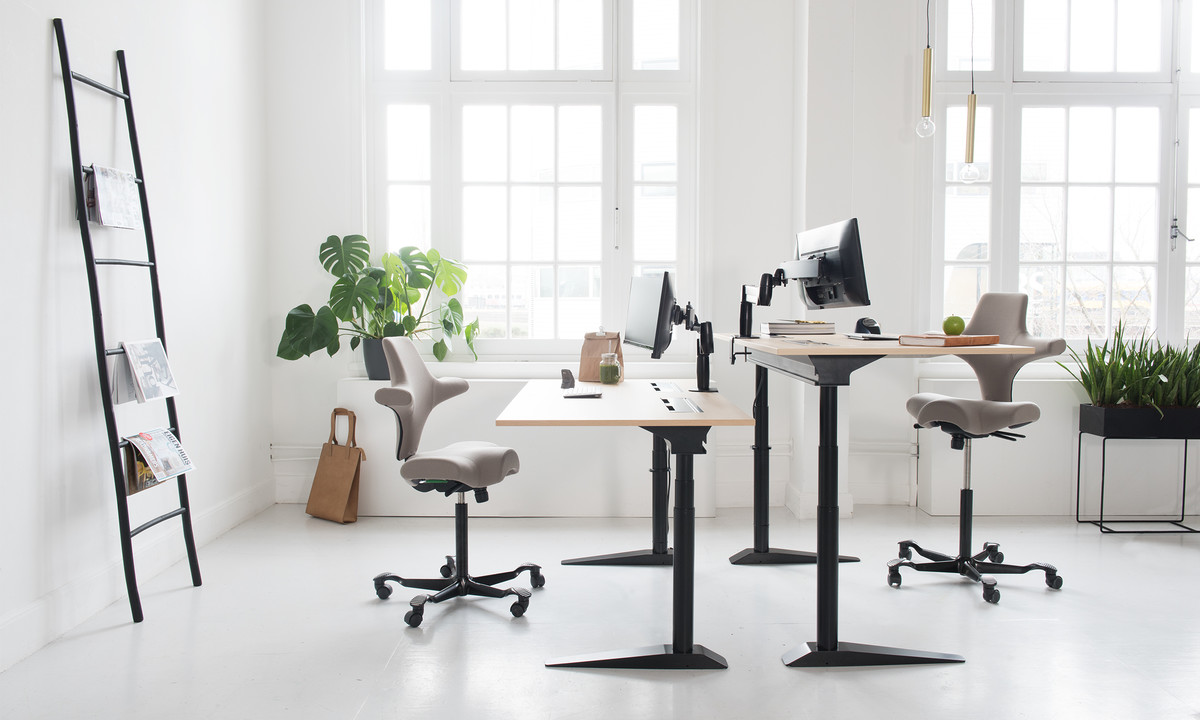Modern Australian workplaces increasingly recognize the critical importance of ergonomic design in creating productive, safe, and sustainable working environments. Professional access equipment plays a vital role in this design philosophy, providing workers with comfortable, efficient means of reaching elevated work areas.
Quality workplace ladders represent essential components of comprehensive ergonomic strategies that protect worker health while optimizing operational efficiency across diverse industry applications.
The Science of Ergonomic Access Solutions
Ergonomic design principles emphasize reducing physical stress, minimizing injury risk, and optimizing human performance through thoughtful equip2go selection and workplace configuration. Access equipment that incorporates these principles helps businesses create environments where workers can perform their duties comfortably and safely over extended periods.
Workplace ladders designed with ergonomic considerations address common issues such as back strain, muscle fatigue, and balance challenges that traditional access solutions often create. These improvements translate directly into reduced worker compensation claims, increased productivity, and improved job satisfaction across organizations.
Key Ergonomic Features in Modern Ladder Design
Platform Stability and Comfort
Professional workplace ladders feature wide, stable platforms that provide secure footing and reduce worker anxiety during elevated tasks. Anti-slip surfaces, comfortable standing areas, and appropriate platform sizing contribute to ergonomic design that supports extended work periods without excessive fatigue.
Optimal Working Heights and Positioning Access equipment
This type of selection should ensure workers can maintain natural postures while performing tasks. Workplace ladders with appropriate height ranges enable workers to avoid overreaching, excessive bending, or awkward positioning that can lead to musculoskeletal injuries.
Ease of Movement and Positioning Ergonomic design
These considerations include how easily workers can move and position equipment throughout facilities. Mobile access equipment with smooth-rolling castors and intuitive controls reduces physical effort while enabling efficient workplace navigation.
Health Benefits of Ergonomic Access Equipment
Injury Prevention and Worker Wellbeing
Quality workplace ladders significantly reduce the risk of falls, strains, and other injuries associated with elevated work. Ergonomic design features such as guardrails, stable platforms, and proper climbing angles create safer working conditions that protect valuable human resources.
Reduced Fatigue and Improved Productivity Access equipment
It supports natural body mechanics which helps workers maintain energy levels throughout their shifts. This reduced fatigue translates into improved productivity, better quality work, and decreased absenteeism across organizations.
Long-term Health Protection Ergonomic design
Investments in these design provide long-term benefits by protecting workers from cumulative stress injuries that can develop over years of improper equipment usage. Prevention of these conditions protects both workers and businesses from costly health complications.
Training for Ergonomic Equipment Usage
Proper training maximizes the ergonomic benefits of quality access equipment while ensuring workers understand how to use platform ladder safely and efficiently. Ergonomic design principles should be incorporated into training programs that address proper body mechanics and equipment usage techniques.
Training programs should emphasize the connection between proper equipment usage and long-term health outcomes, helping workers understand how ergonomic design features protect their wellbeing while supporting productive operations.
Cost-Benefit Analysis of Ergonomic Investments
Workplace ladders with superior ergonomic design features typically require higher initial investments but provide substantial long-term value through reduced injury rates, improved productivity, and enhanced worker satisfaction. Access equipment that prevents workplace injuries pays for itself through reduced insurance costs and improved operational efficiency.
Ergonomic design investments demonstrate organizational commitment to worker wellbeing, which can improve recruitment, retention, and overall workplace culture. These soft benefits often exceed the direct financial returns from injury reduction.
Future Trends in Ergonomic Access Equipment
Access equipment design continues evolving to incorporate advanced ergonomic principles, new materials, and innovative features that further enhance worker comfort and safety. Workplace ladders development focuses on creating solutions that address emerging workplace challenges while maintaining proven ergonomic benefits.
Ergonomic design innovation includes integration of smart technologies that monitor usage patterns and provide feedback on optimal positioning and usage techniques. These developments promise to further enhance the ergonomic benefits of professional access equipment.
Creating Comprehensive Ergonomic Environments
Effective ergonomic design strategies extend beyond individual equipment pieces to encompass entire workplace environments. Access equipment should be selected and positioned as part of comprehensive ergonomic workplace design that considers all aspects of worker interaction with their environment.
Workplace ladders represent important components of these comprehensive strategies, providing safe, comfortable access solutions that support overall ergonomic workplace objectives while maintaining operational efficiency.
Conclusion
Ergonomic design principles applied to access equipment selection create workplaces that protect worker health while optimizing operational performance. Quality workplace ladders with superior ergonomic features represent essential investments for Australian businesses committed to creating sustainable, productive working environments.
Strategic implementation of ergonomic access solutions demonstrates organizational commitment to both worker wellbeing and operational excellence.







